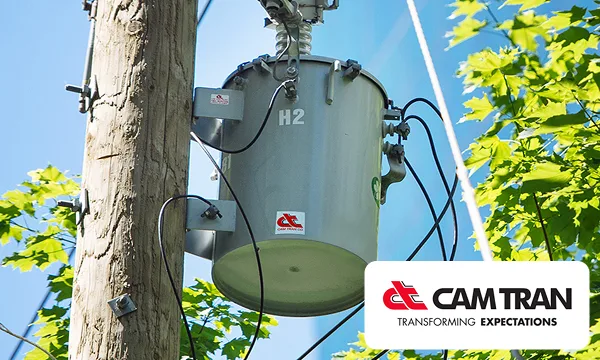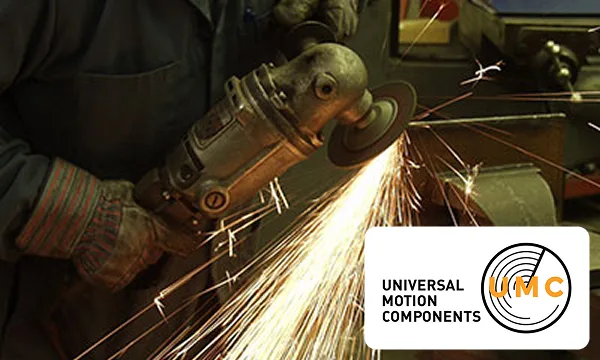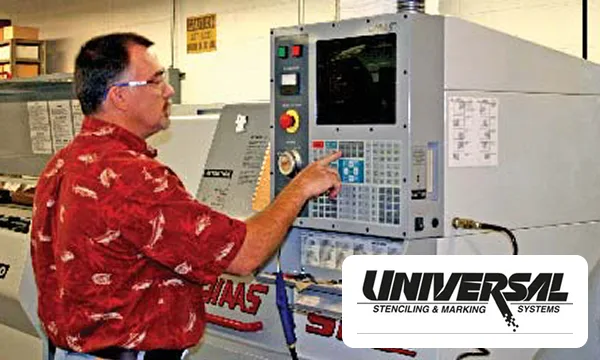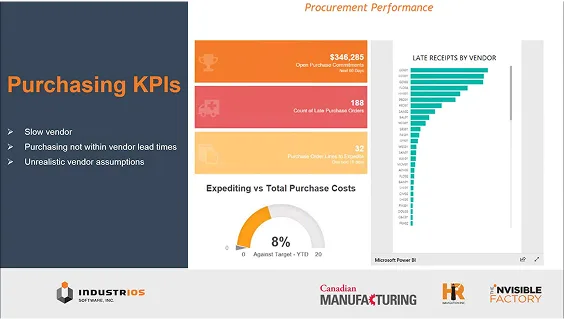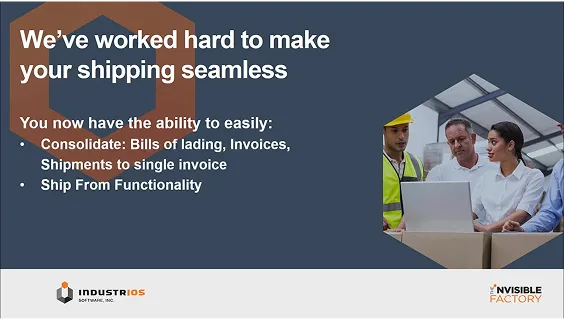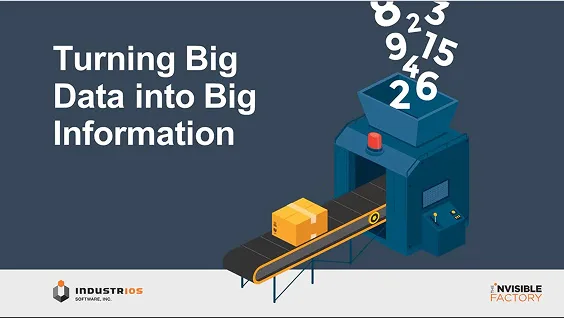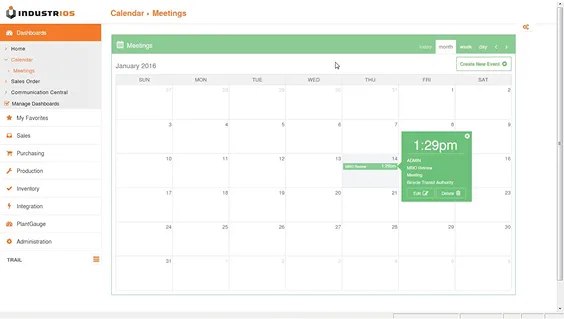Are ERP Systems Selling Themselves Short?
ERP systems cut their teeth on the planning of materials but have evolved to integrate, manage, and inform the network of people, resources and processes used to run businesses. ERP can also act as a hub in the continuous cycle of progressive improvement.

Enterprise Resource Planning (ERP) systems have evolved considerably. The scope and impact of ERP systems have grown from a narrow definition of material planning to support for the entire business network.
There are many views about this evolution, but most point to the following stages, as highlighted by Dr. Mahmoud Abbas Mahmoud in his paper https://www.uotechnology.edu.iq/dep-production/branch3e_files/mah32.pdf . These stages are:


Dr. Mahmoud defines ERP II as “Integrated systems that cover the firm’s entire value by transition from an internal view of the firm to a business network vision.”
ERPs have always excelled in planning abilities. What is a plan? To use a military illustration, a plan includes who does what, where, when, how and with what. We expect that technology that originated with the calculating of material requirements (MRP) to expertly handle the planning requirements for a business.
Great plans do not exist in isolation. Great plans set the course for how you plan to run and measure your business. Great plans set off the iterative cycle of progressive improvement – Plan, Execute, Monitor and Analyze (PEMA).
ERP systems cut their teeth on planning but have evolved to integrate, manage and inform the network of people, resources and processes used to run businesses.
PEMA and Financial Professionals
There are challenges for financial decision makers in each stage of the PEMA cycle. These are the questions that an ERP system needs to help you answer – accurately and quickly.


In the Plan (Setting Course) phase of the cycle, we need to ensure that we are developing plans that we can trust, and that maximize profitability and utilization of resources.
In the Execute (Underway) phase of the cycle, the focus becomes ensuring that everyone is pulling in the same direction and that questions can be answered with confidence. Role based workbenches, logic engines and workflow help the business move in a timely, efficient, and accurate manner.
In the Monitor (Navigating) phase we are looking for areas that require attention. Signs of smoke or check engine lights. Areas out of tolerance or signaling they are off-track should be front and center.
In the Analysis (Course Correction) phase we are looking for insight and root causes that could require a course correction or a doubling down. This mode feeds directly back into the planning phase.
If you would like to talk about specific challenges you are facing with your company’s Plan Execute Monitor Analyze cycle, please reach out to us at sales@industrios.com and Let’s Talk Shop.



